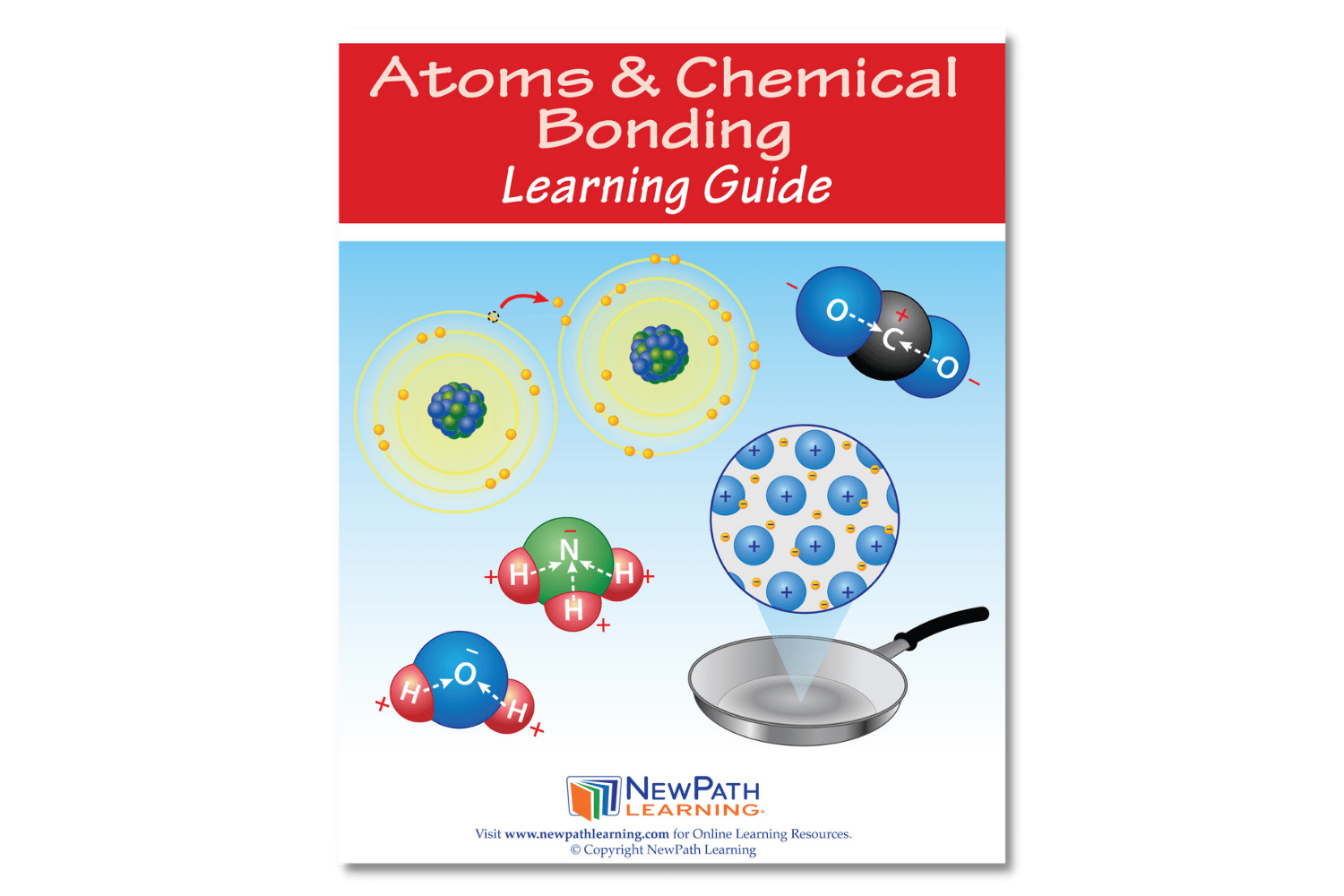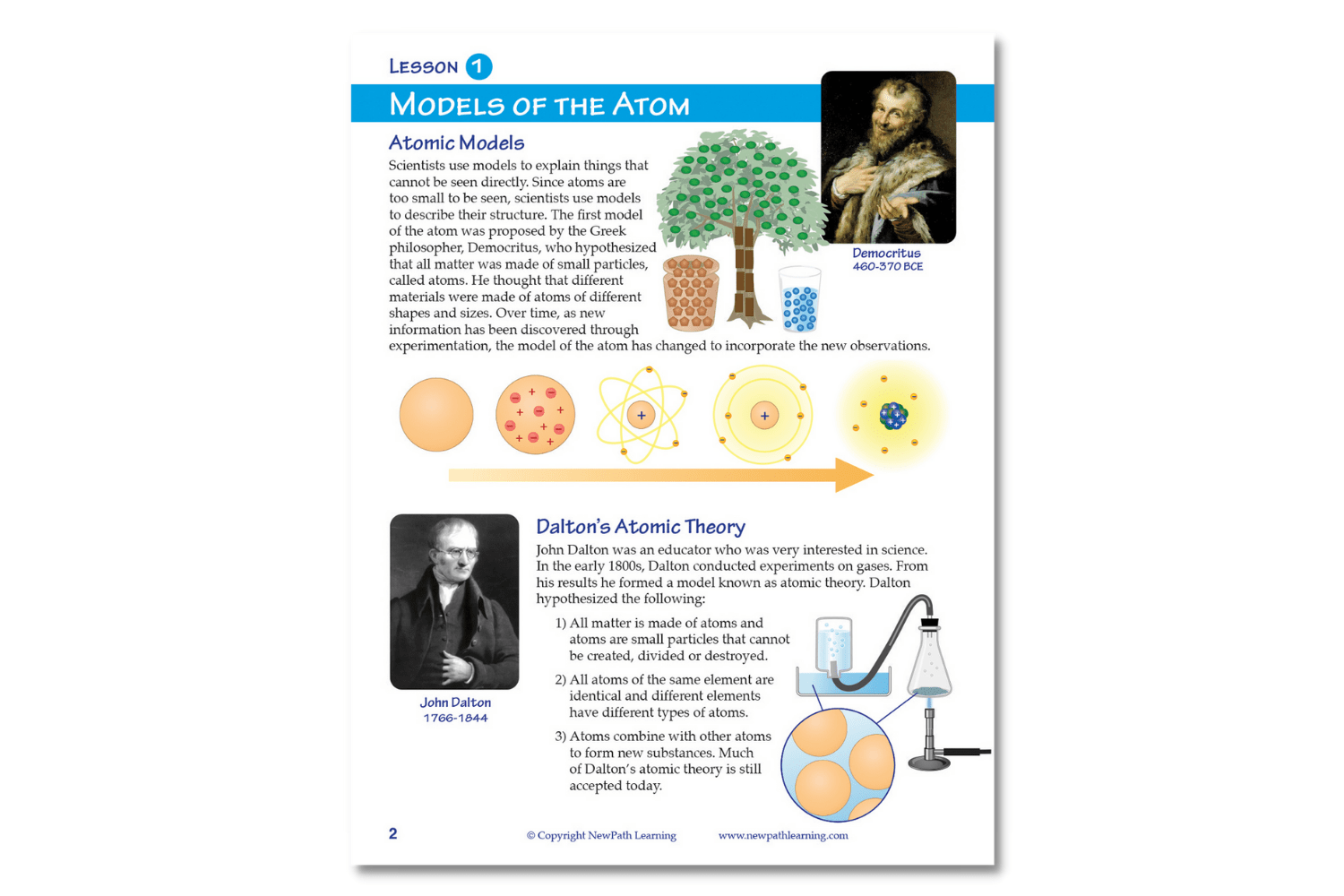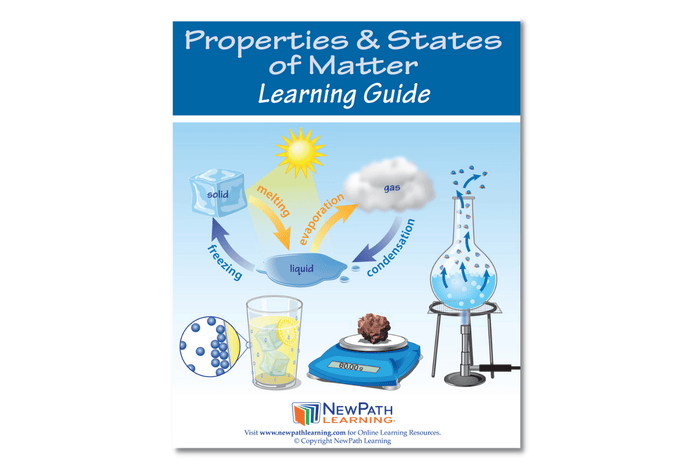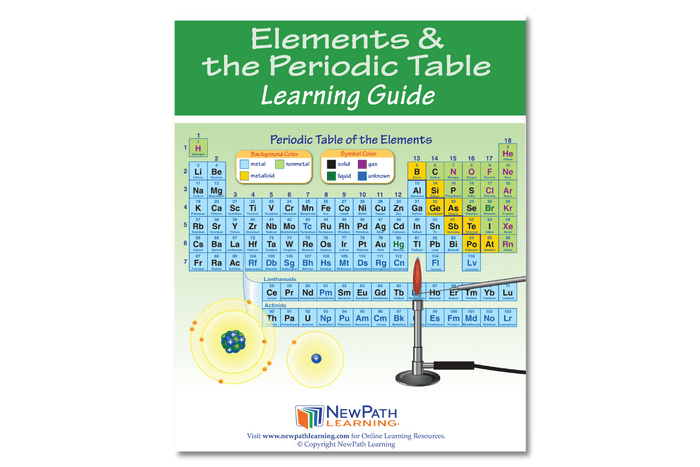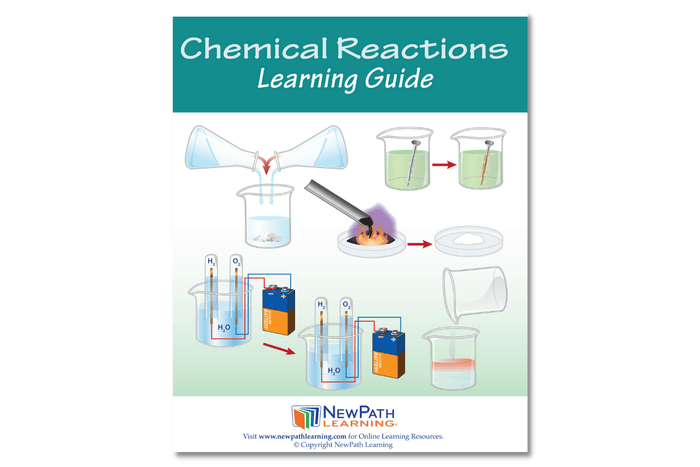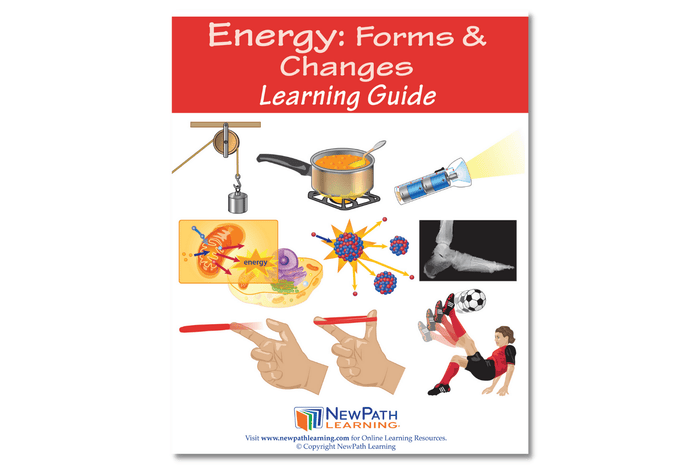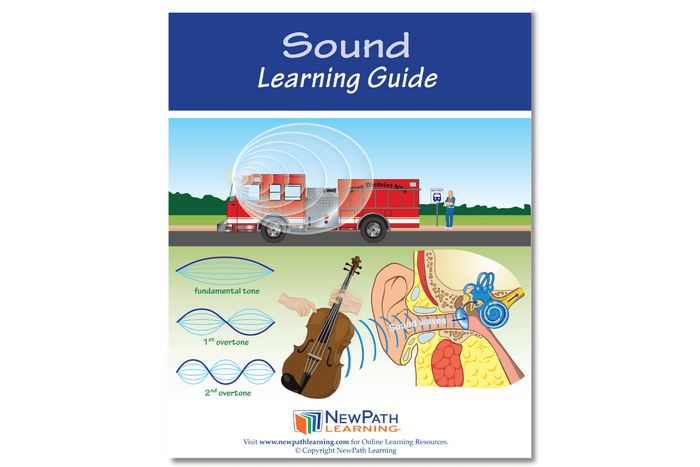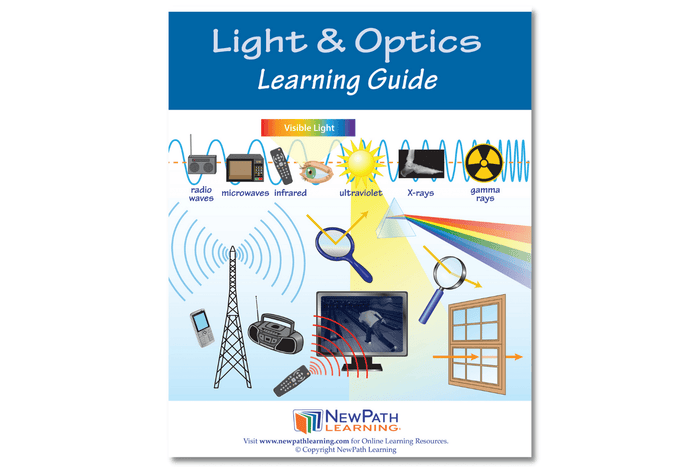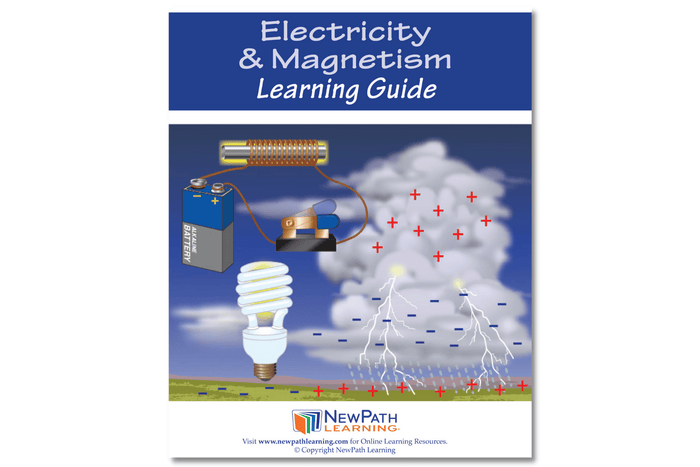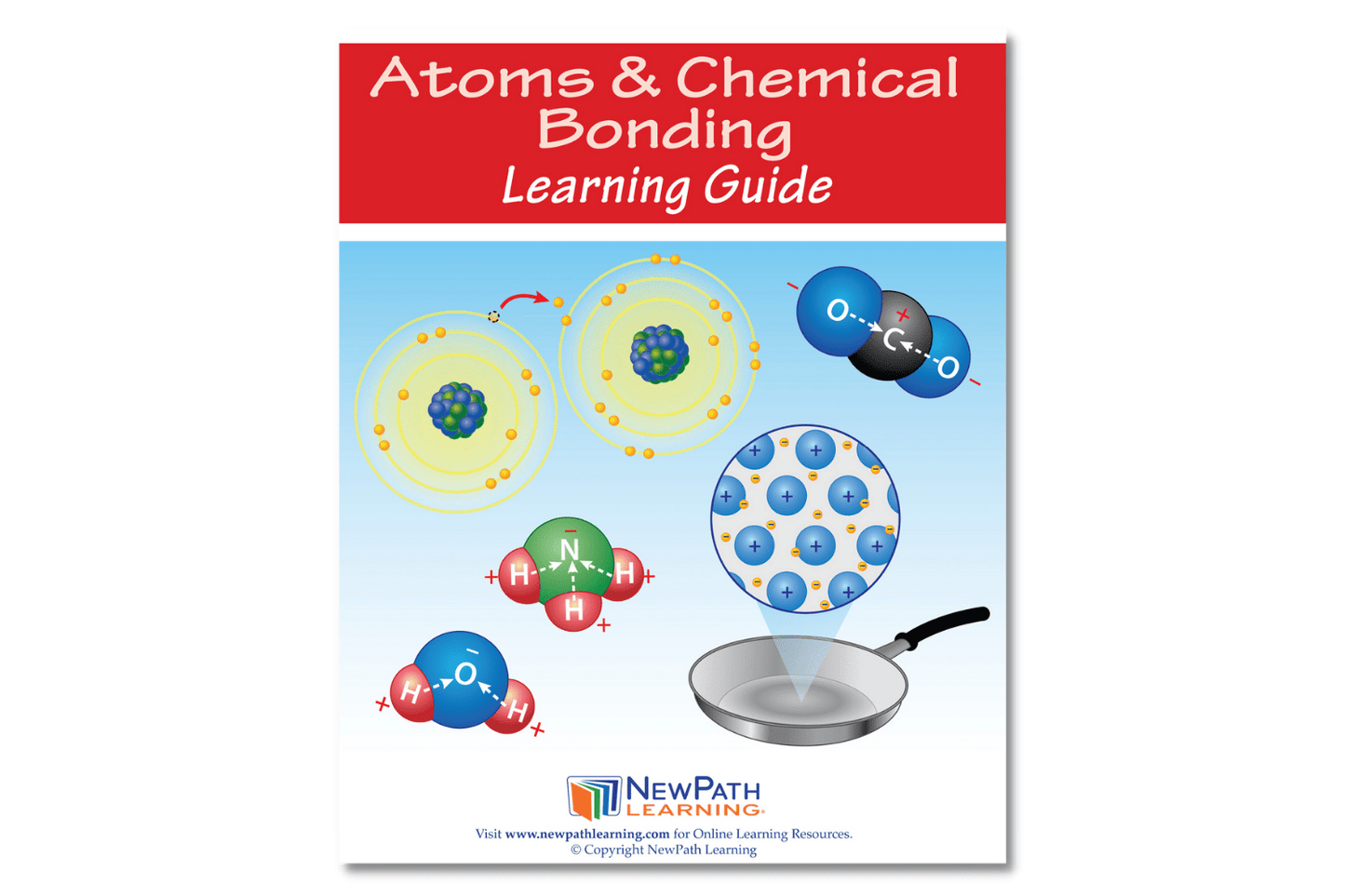
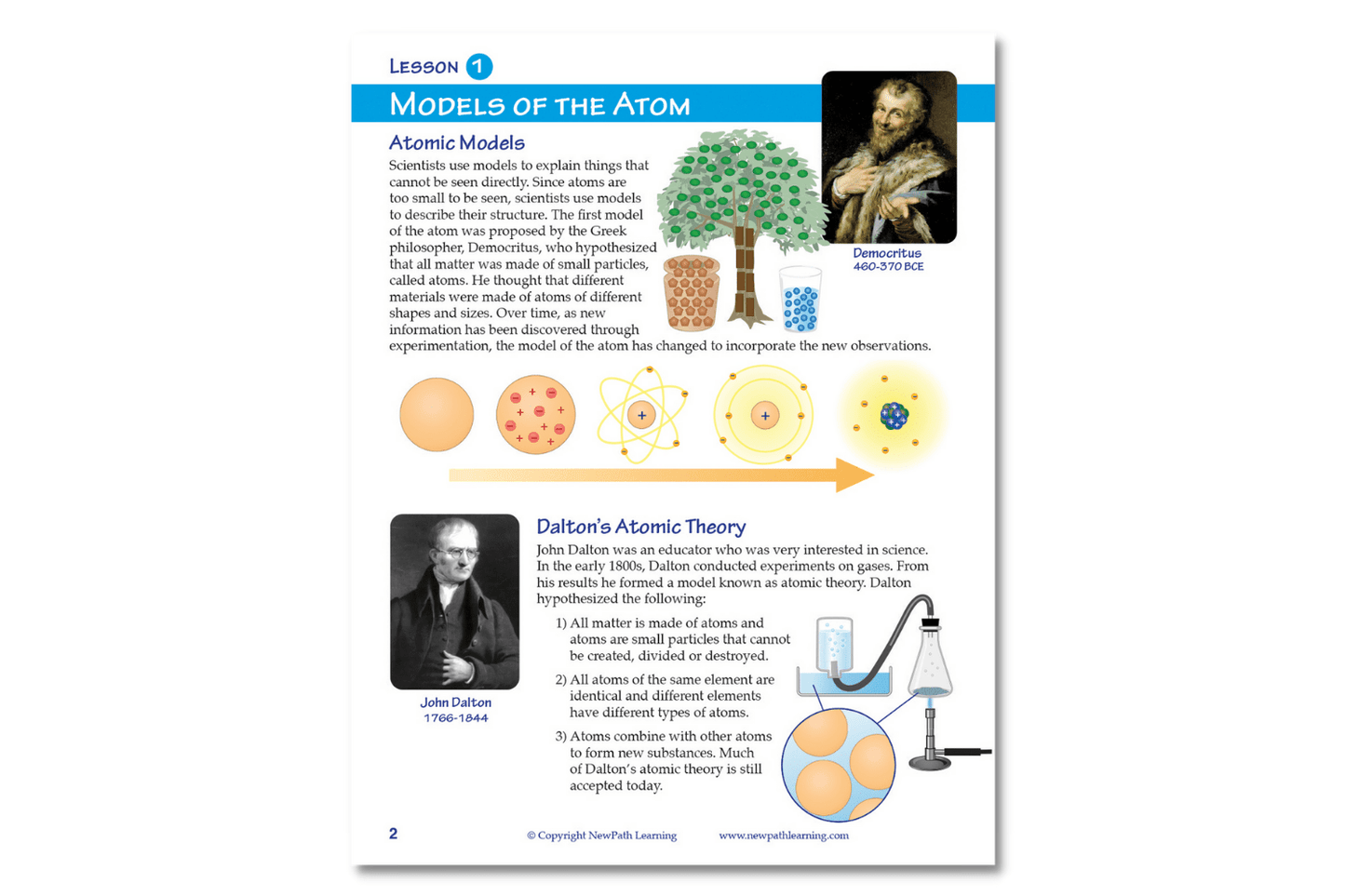
Other Options
| Order Qty |
Price | Qty for Discount |
Discount Price |
Total Savings |
||||
|---|---|---|---|---|---|---|---|---|
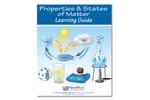
|
NewPath Learning Properties & States of Matter Learning Guide Item # 21-2010-01 |
|
|
$9.95 | ||||
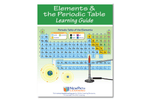
|
NewPath Learning Elements & the Periodic Table Learning Guide Item # 21-2010-06 |
|
|
$9.95 | ||||
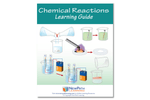
|
NewPath Learning Chemical Reactions Learning Guide Item # 21-2010-07 |
|
|
$9.95 | ||||
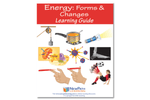
|
NewPath Learning Energy: Forms & Changes Learning Guide Item # 21-2010-02 |
|
|
$9.95 | ||||
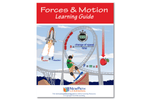
|
NewPath Learning Forces & Motion Learning Guide Item # 21-2010-03 |
|
|
$9.95 | ||||
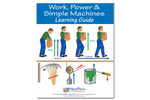
|
NewPath Learning Work, Power & Simple Machines Learning Guide Item # 21-2010-05 |
|
|
$9.95 | ||||
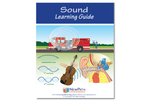
|
NewPath Learning Sound Learning Guide Item # 21-2010-04 |
|
|
$9.95 | ||||
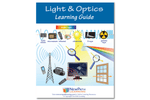
|
NewPath Learning Light & Optics Learning Guide Item # 21-2010-09 |
|
|
$9.95 | ||||
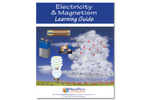
|
NewPath Learning Electricity & Magnetism Learning Guide Item # 21-2010-10 |
|
|
$9.95 | ||||
Additional Details
The NewPath Learning Atoms & Chemical Bonding Learning Guide turns the complex topic into an easy-to-learn, visually captivating, and engaging guide page by page! In the NewPath Learning Guide, you'll find self-directed readings, easy-to-follow illustrated explanations, guiding questions, inquiry-based activities, a lab investigation, key vocabulary review, and assessment review questions along with a post-test. The NewPath Learning Guide allows students to write directly in them and is designed for Grades 6-10.
This 44 page NewPath Learning Atoms & Chemical Bonding Learning Guide covers the following topics:
- Models of the Atom
- Atomic Configuration & Bonding
- Chemical Bonding
- Ionic Bonding
- Ionic Compounds
- Covalent Bonding
- Covalent Compounds
- Naming Compounds
- Metallic Bonding
- Vocabulary Review
Be confident knowing the NewPath Learning Guide covers Middle School Next Generation Science Standards.
Standards
Middle School (Grades 6, 7, 8) NGSS Correlations
| STRAND | NGSS.MS-PS. | PHYSICAL SCIENCE |
| TITLE | MS-PS1. | Matter and Its Interactions - Students who demonstrate understanding can: |
| PERFORMANCE EXPECTATION / FOUNDATION | MS-PS1.SEP. | Science and Engineering Practices |
| ELEMENT | MS-PS1.SEP.1. | Developing and Using Models - Modeling in 6–8 builds on K–5 and progresses to developing, using and revising models to describe, test, and predict more abstract phenomena and design systems. |
| INDICATOR | MS-PS1.SEP.1.1. | Develop a model to predict and/or describe phenomena. (MS-PS1-1), (MS-PS1-4) |
| INDICATOR | MS-PS1.SEP.1.2. | Develop a model to describe unobservable mechanisms. (MS-PS1-5) |
| STRAND | NGSS.MS-PS. | PHYSICAL SCIENCE |
| TITLE | MS-PS1. | Matter and Its Interactions - Students who demonstrate understanding can: |
| PERFORMANCE EXPECTATION / FOUNDATION | MS-PS1.CC. | Crosscutting Concepts |
| ELEMENT | MS-PS1.CC.1. | Patterns |
| INDICATOR | MS-PS1.CC.1.1. | Macroscopic patterns are related to the nature of microscopic and atomic- level structure. (MS-PS1-2) |
| STRAND | NGSS.MS-PS. | PHYSICAL SCIENCE |
| TITLE | MS-PS1. | Matter and Its Interactions - Students who demonstrate understanding can: |
| PERFORMANCE EXPECTATION / FOUNDATION | MS-PS1.CC. | Crosscutting Concepts |
| ELEMENT | MS-PS1.CC.3. | Scale, Proportion, and Quantity |
| INDICATOR | MS-PS1.CC.3.1. | Time, space, and energy phenomena can be observed at various scales using models to study systems that are too large or too small. (MS-PS1- 1) |
High School (Grades 9) NGSS Correlations
| STRAND | NGSS.HS-PS. | PHYSICAL SCIENCE |
| TITLE | HS-PS1. | Matter and Its Interactions - Students who demonstrate understanding can: |
| PERFORMANCE EXPECTATION / FOUNDATION | HS-PS1-1. | Use the periodic table as a model to predict the relative properties of elements based on the patterns of electrons in the outermost energy level of atoms. |
| STRAND | NGSS.HS-PS. | PHYSICAL SCIENCE |
| TITLE | HS-PS1. | Matter and Its Interactions - Students who demonstrate understanding can: |
| PERFORMANCE EXPECTATION / FOUNDATION | HS-PS1.SEP . | Science and Engineering Practices |
| ELEMENT | HS-PS1.SEP .1. | Developing and Using Models - Modeling in 9–12 builds on K–8 and progresses to using, synthesizing, and developing models to predict and show relationships among variables between systems and their components in the natural and designed worlds. |
| INDICATOR | HS-PS1.SEP .1.1. | Develop a model based on evidence to illustrate the relationships between systems or between components of a system. (HS-PS1-4), (HS- PS1-8) |
| INDICATOR | HS-PS1.SEP .1.2. | Use a model to predict the relationships between systems or between components of a system. (HS-PS1-1) |
| STRAND | NGSS.HS-PS. | PHYSICAL SCIENCE |
| TITLE | HS-PS1. | Matter and Its Interactions - Students who demonstrate understanding can: |
| PERFORMANCE EXPECTATION / FOUNDATION | HS-PS1.DCI. | Disciplinary Core Ideas |
| ELEMENT | PS1.A: | Structure and Properties of Matter |
| INDICATOR | PS1.A:1. | Each atom has a charged substructure consisting of a nucleus, which is made of protons and neutrons, surrounded by electrons. (HS-PS1-1) |
| INDICATOR | PS1.A:2. | The periodic table orders elements horizontally by the number of protons in the atom’s nucleus and places those with similar chemical properties in columns. The repeating patterns of this table reflect patterns of outer electron states. (HS-PS1-1), (HS-PS1-2) |
| INDICATOR | PS1.A:3. | The structure and interactions of matter at the bulk scale are determined by electrical forces within and between atoms. (HS-PS1-3), (secondary to HS-PS2-6) |
| STRAND | NGSS.HS-PS. | PHYSICAL SCIENCE |
| TITLE | HS-PS1. | Matter and Its Interactions - Students who demonstrate understanding can: |
| PERFORMANCE EXPECTATION / FOUNDATION | HS-PS1.CC. | Crosscutting Concepts |
| ELEMENT | HS-PS1.CC.1. | Patterns |
| INDICATOR | HS-PS1.CC.1.1. | Different patterns may be observed at each of the scales at which a system is studied and can provide evidence for causality in explanations of phenomena. (HS-PS1-1), (HS-PS1-2), (HS-PS-3), (HS-PS1-5) |
| STRAND | NGSS.HS-PS. | PHYSICAL SCIENCE |
| TITLE | HS-PS2. | Motion and Stability: Forces and Interactions - Students who demonstrate understanding can: |
| PERFORMANCE EXPECTATION / FOUNDATION | HS-PS2.DCI. | Disciplinary Core Ideas |
| ELEMENT | PS2.B: | Types of Interactions |
| INDICATOR | PS2.B:3. | Attraction and repulsion between electric charges at the atomic scale explain the structure, properties, and transformations of matter, as well as the contact forces between material objects. (HS-PS2-6), (secondary to HS-PS1-1), (secondary to HS-PS1-3) |
